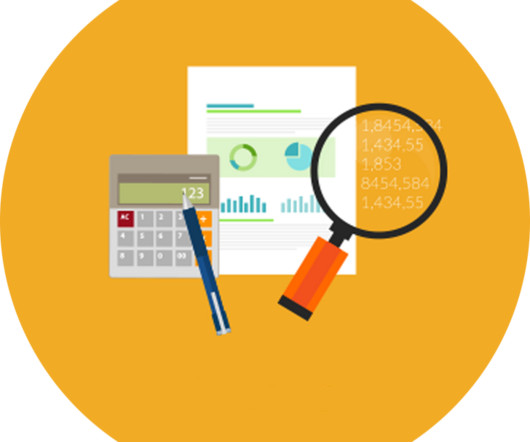Nonprofits Guide to Applying and Negotiating an Indirect Cost Rate
PKS Grants & Accounting Solutions
JULY 9, 2018
Nonprofits Guide to Applying and Negotiating an Indirect Cost Rate In the previous article, we learned “ Why Your Organization Needs A Negotiated Indirect Cost Rate? ” Final rate - This is applicable to a specified past period which is based on the actual costs of the period. Let’s begin. See 2 CFR 200.19


















Let's personalize your content